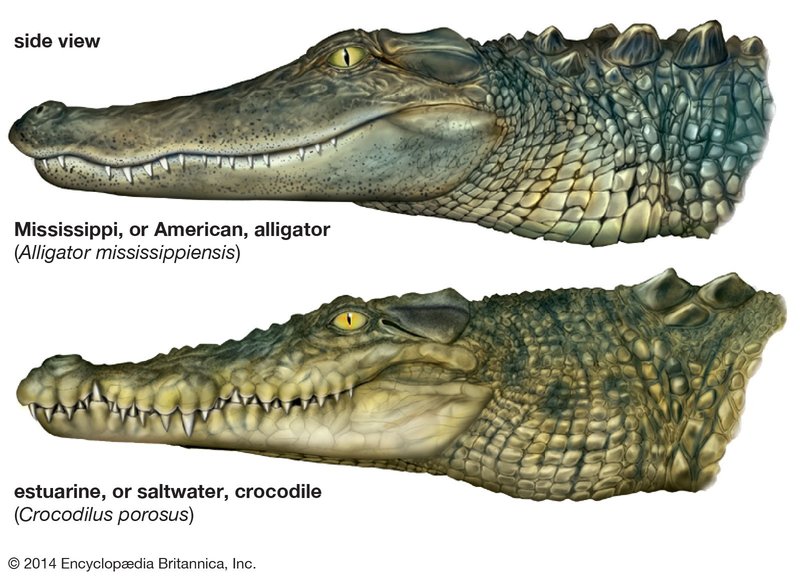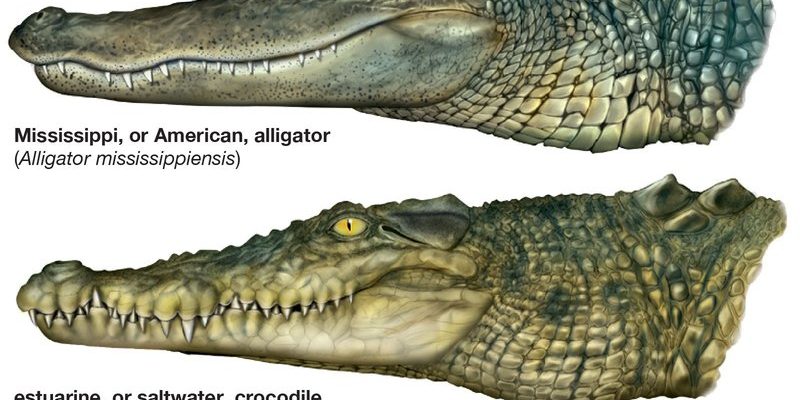
Imagine a time when massive reptiles ruled the land and water. Alligators were there, evolving and adapting through countless environmental changes. They’re like nature’s ultimate survivors, perfectly designed for their habitats. So, let’s dive into their evolutionary history and explore how these impressive creatures became who they are today.
Ancient Ancestors: The First Crocodilians
To truly understand alligators, we need to start with their ancient relatives. The crocodilians, which include alligators, crocodiles, and other closely related species, have a common ancestor that dates back to the Late Triassic period. This was a time when the planet was quite different, teeming with dinosaurs and lush vegetation.
The earliest known crocodyliforms were small, agile creatures. They had a more lizard-like appearance, which differed greatly from the robust bodies we see today. As they evolved, they began to adapt to their environments. Some thrived on land, while others found their niche in water. These early adaptations set the stage for the diverse family of reptiles we have now, including the alligator.
The Rise of True Crocodilians
As millions of years rolled on, the true crocodilians started to emerge during the Late Cretaceous period, around 90 million years ago. These early crocodilians were different from their ancestors. They developed stronger jaws, better swimming abilities, and protective armor. This was a time when you could find their ancestors cohabiting with mighty dinosaurs—a pretty wild scene!
During this period, the Earth was warm and humid, creating ideal conditions for these reptiles to thrive. The evolution of their features allowed them to exploit various habitats, from freshwater rivers to coastal wetlands. Their adaptability played a significant role in their survival while other groups of reptiles faced extinction. It’s a testament to how effective they were at fitting into their surroundings.
Survival Through Extinction Events
Here’s the thing: alligators are true survivors, especially when you consider the massive extinction event that wiped out the dinosaurs around 66 million years ago. While many species vanished, crocodilians, including our future alligators, managed to endure. Their ability to lie low and blend into their environment helped them escape the devastation that befell so many others.
In the aftermath of this extinction, alligators adapted to new, changing ecosystems. They evolved various traits that allowed them to thrive in the wetlands and swamps that became their primary habitats. Their unique biology—such as the ability to slow their metabolism during tough times—was crucial in withstanding food shortages and changing climates. It’s a fascinating survival story that showcases their resilience in the face of adversity.
Alligator Anatomy: A Perfectly Adapted Design
A big part of what makes alligators remarkable is their physical design. Their bodies are built for high efficiency in water and on land. With strong tails for swimming, powerful jaws for catching prey, and sharp teeth for gripping, they’ve got everything they need to survive. Here are a few cool features:
- Eyes and Ears: Positioned on the top of their heads, these allow alligators to see and hear while mostly submerged.
- Camouflage: Their dark, scaly skin helps them blend seamlessly into muddy waters, making it easier to ambush prey.
- Temperature Regulation: Alligators are ectothermic, meaning they rely on external temperatures to regulate their body heat, which is perfect for a life spent lounging in the sun.
These adaptations aren’t just for show. They’ve been fine-tuned over millions of years to help alligators become the apex predators we recognize today. It’s like they’ve had a crash course in living effectively in their environments.
Modern Alligators: Species and Distribution
Today, we can find two main species of alligators in the world: the American alligator and the Chinese alligator. The American alligator is the more widely known species, primarily found in the southeastern United States. They can be found in various habitats such as swamps, rivers, and lakes. With their impressive size—males can grow up to 13 feet—they’re definitely a sight to behold!
On the other hand, the Chinese alligator is much smaller and much rarer. They reside mostly in the Yangtze River basin and are critically endangered due to habitat loss and other human impacts. The survival of these two species highlights the ongoing challenges crocodilians face today, even as they maintain a strong connection to their ancient roots.
The Role of Alligators in Ecosystems
Alligators play an essential role in their ecosystems. As top predators, they help maintain the balance between various species. By controlling the population of fish and other prey, they ensure that no single species overwhelms the environment. Their presence also benefits other wildlife and plants.
Additionally, when alligators dig their gator holes, they create habitats for numerous organisms. These pools become crucial water sources during dry seasons, showcasing how interconnected life is in wetlands. By being a part of this delicate balance, alligators help sustain the biodiversity essential for a thriving ecosystem.
Conservation and Future of Alligators
As much as alligators have survived through the ages, their future isn’t without challenges. Habitat destruction, climate change, and pollution threaten their existence. Conservation efforts are crucial to ensure they remain a part of our natural world.
Organizations and governments are working to protect their habitats and ensure sustainable populations. Education about the importance of alligators in ecosystems can foster greater appreciation and support for their preservation. After all, these ancient creatures are not just remnants of the past; they are vital players in our environment today.
In conclusion, the evolutionary history of the alligator is a captivating journey through time. From their ancient beginnings to their current roles in ecosystems, alligators exemplify resilience and adaptation. Understanding their story helps us appreciate the wonders of nature and the importance of conservation efforts to protect these incredible animals. So, the next time you see an alligator, remember you’re witnessing a piece of living history!

